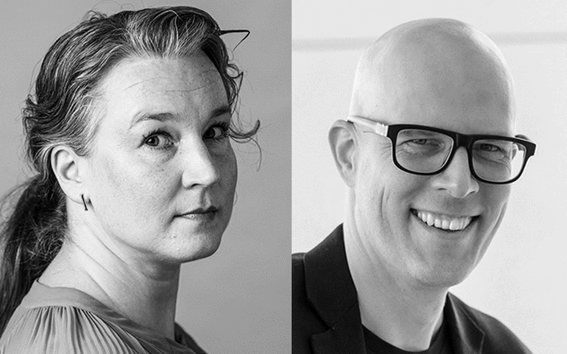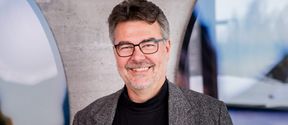”Think again” was the first slogan for the Aalto University.
This was a bold slogan in the academic world where educated intelligence was the foundation of facts, data, information, judgment, and experience - not thinking differently, unconventionally, or outside of the box. Thus, the slogan was launched to targeted audience for short time, it showed the direction of newly born university. To boldly push for fundamental change.
Intelligence is usually seen as the ability to think and learn. But as the world is changing at a pace like never before, the most crucial skill may be the ability to think differently and unlearn. We are the masters of solving highly sophisticated challenges with linear connections. It is safe to favour the planned proceeding and the comfort over the unknown and the discomfort of uncertainty.
However, safe stability is not a cure, and can even be a curse. When we are facing the multi-dimensional challenges — such as digitalising our ways of working in the shadow of COVID-19 — we quickly find that the methods familiar to us are no longer an effective remedy. These complex issues are not isolated problems that can be solved with singular expertise. The more radical thinkers we are, the more we are expanding our possibilities. So, we need more multidisciplinary re-thinking and radical creativity!
Technologies are full of radical creativeness. In their own times, the automobile, electricity, and television were radical. These disruptive technologies were innovations that significantly modified the way people, industries, or businesses operated. They swept away the old systems and habits.
Recent examples of disruptive technologies are artificial intelligence and 5G, which can drive towards the transformation of many aspects of society – from new consumer services to media, entertainment, education, health care, retail, and several areas of industry.
Digitalisation provides an excellent launching pad for interdisciplinary innovations and viewpoints combining arts, business, science, and technology. A good example is our School of Science graduate Erik Härkönen, who is creating new images from huge sets of data.








